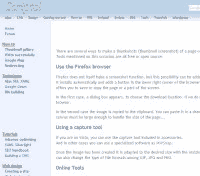

The CW reader engine cannot be used to transmit CW to transmit CW, you must configure some other method in the Logger (serial or parallel port keying, or a Winkeyer, for example).

Tracing QSOs for DXCC, WAZ, P-75-P, WAS, WAJA, JCC, JCG, WAIP, Russia, RDA, DPF, DDFM, WAU, WPX and many other.Sorting the contacts made in the log by time, callsign, frequency and mode.Directing the antenna and calculating the distance to the DX.Checking the database for repeated QSO (dups).Entering QSO online as well as offline.

For example you have 3 different callsigns in your family or you are the QSL-manager of the several amateur stations. Keeping multiple logs that have different callsigns with the overview of every log. For example I have main everyday log and several logs for different contests. Keeping multiple logs for single callsign as one huge log. More screenshots The authors program overview Also you can use AAVoice for voice operations. It can be integrated with the CW terminal program CwType, morse decoder CwGet and RTTY/PSK31 software TrueTTY. It looks like your good old paper logbook and the has benefits of a computer logger. It has convenient interface, a good set of tools, and is fast and very easy to use. Simple software to handle devices connected to LPT portĪ comprehensive logger program designed for amateur radio station operators. A tool for monitoring popular web-cluster service from OH9W/OH2AQ Radio Club


 0 kommentar(er)
0 kommentar(er)
